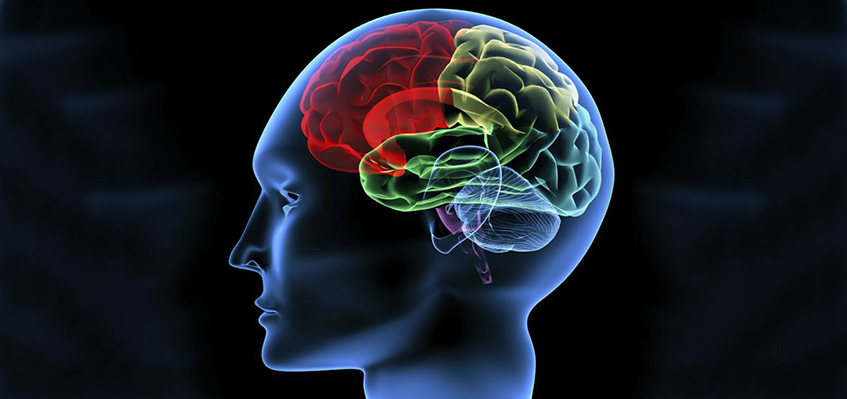19 Mar 2013

PROFESSOR PERMINDER SACHDEV, MD, PhD
As a clinician, I regularly advise my patients with memory problems to keep mentally and socially active; “keep stimulating your brain” is the message. There could be a new twist to the notion of brain stimulation if some of the current research proves to be beneficial. The National Institute of Health in the United States recently funded a study of deep brain stimulation (DBS) for the treatment of Alzheimer’s.
DBS is not a new technique, and it is regularly used to treat Parkinson’s disease and some other movement disorders. It involves the placement of fine wire electrodes deep in the brain through which low voltage current is passed continuously from a battery pack embedded in the chest wall. DBS has been called the ‘pacemaker’ of the brain.
The evidence that DBS may help improve memory functioning is however recent and very preliminary. Researchers in Toronto made some in interesting observations in 2003 in a man who had electrodes placed in his hypothalamus, a small part of the brain that controls hormonal and autonomic rhythms of the body. This man showed a remarkable improvement in his memory, and the researchers deduced that this was possibly due to the simulation of an adjacent structure, the fornix. The fornix is an interesting bundle of fibres as it carries information from the main memory organ of the brain – the hippocampus – to other brain regions. The researchers, led by Dr Andres Lozano, then made a bold decision – to treat six patients with Alzheimer’s disease with DBS of the fornix, and were granted ethics committee permission to do so. These patients, with established Alzheimer’s, were implanted with the electrodes so that their tips were in the fornices on either side of the brain, and were monitored for one year. The results have been encouraging, but not miraculous. They showed less deterioration in their cognitive function in the year of deep brain stimulation compared to the previous year. They also showed increases in metabolic activity in certain regions of the brain known to be affected early and consistently in Alzheimer’s. One patient has had the implant for four years, and has shown relatively little decline in his mental functioning in this period.
This is of course preliminary work, and six patients are too few to be considered definitive in any way. The results are encouraging enough to do a larger and more definitive study of 40 patients, for which the Toronto group, along with four United States partners, has been funded.
The fornix is of course not the only target in the sight of neurosurgeons trying to find a treatment for Alzheimer’s. As far back as 1985, a group of researchers targeted another small brain region affected critically early in Alzheimer’s – the nucleus of Meynert. A German group is exploring this as a target. A neurosurgeon in Ohio State University, USA, is planning to target the frontal lobes in 10 patients, with the expectation that increasing frontal lobe activity may compensate for the deficits occurring further back in the brain. Other possible targets include the hippocampus itself, and related structures such as the entorhinal cortex and the mammillothalamic tract.
The field is therefore rife for action, especially when you consider the fact there have been recent reports of the use of other brain stimulation techniques in Alzheimer’s disease. Transcranial magnetic stimulation (TMS) has been tried, and our group is investigating the benefits of yet another technique called transcranial direct current stimulation (tDCS). We want to examine whether performing memory tasks while the brain is being stimulated with a low voltage current will be more effective in producing plastic change in the brain than cognitive activity alone. People with mild cognitive problems were invited to participate in this trial, conducted jointly by the Centre for Healthy Brain Ageing (CHeBA) and the Black Dog Institute.
None of these researchers believes that directly stimulating the brain will cure Alzheimer’s disease. They only hope to provide temporary benefit, and perhaps slow the decline in memory to provide a longer period of good quality life. We will of course need to wait a few years before we find out if the promised benefit can be delivered.
